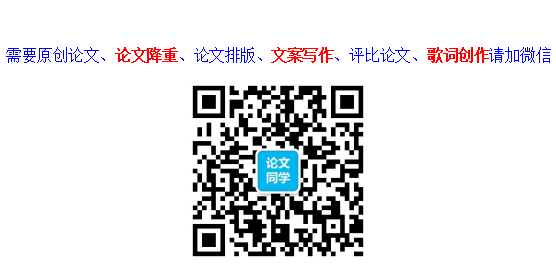電氣工程 會(huì)計(jì)論文 金融論文 國際貿(mào)易 財(cái)務(wù)管理 人力資源 輕化工程 德語論文 工程管理 文化產(chǎn)業(yè)管理 信息計(jì)算科學(xué) 電氣自動(dòng)化 歷史論文
機(jī)械設(shè)計(jì) 電子通信 英語論文 物流論文 電子商務(wù) 法律論文 工商管理 旅游管理 市場營銷 電視制片管理 材料科學(xué)工程 漢語言文學(xué) 免費(fèi)獲取
制藥工程 生物工程 包裝工程 模具設(shè)計(jì) 測控專業(yè) 工業(yè)工程 教育管理 行政管理 應(yīng)用物理 電子信息工程 服裝設(shè)計(jì)工程 教育技術(shù)學(xué) 論文降重
通信工程 電子機(jī)電 印刷工程 土木工程 交通工程 食品科學(xué) 藝術(shù)設(shè)計(jì) 新聞專業(yè) 信息管理 給水排水工程 化學(xué)工程工藝 推廣賺積分 付款方式
機(jī)械設(shè)計(jì) 電子通信 英語論文 物流論文 電子商務(wù) 法律論文 工商管理 旅游管理 市場營銷 電視制片管理 材料科學(xué)工程 漢語言文學(xué) 免費(fèi)獲取
制藥工程 生物工程 包裝工程 模具設(shè)計(jì) 測控專業(yè) 工業(yè)工程 教育管理 行政管理 應(yīng)用物理 電子信息工程 服裝設(shè)計(jì)工程 教育技術(shù)學(xué) 論文降重
通信工程 電子機(jī)電 印刷工程 土木工程 交通工程 食品科學(xué) 藝術(shù)設(shè)計(jì) 新聞專業(yè) 信息管理 給水排水工程 化學(xué)工程工藝 推廣賺積分 付款方式
|
|
|
從中西方文化差異看英語習(xí)語翻譯(四)
|
|||||||


